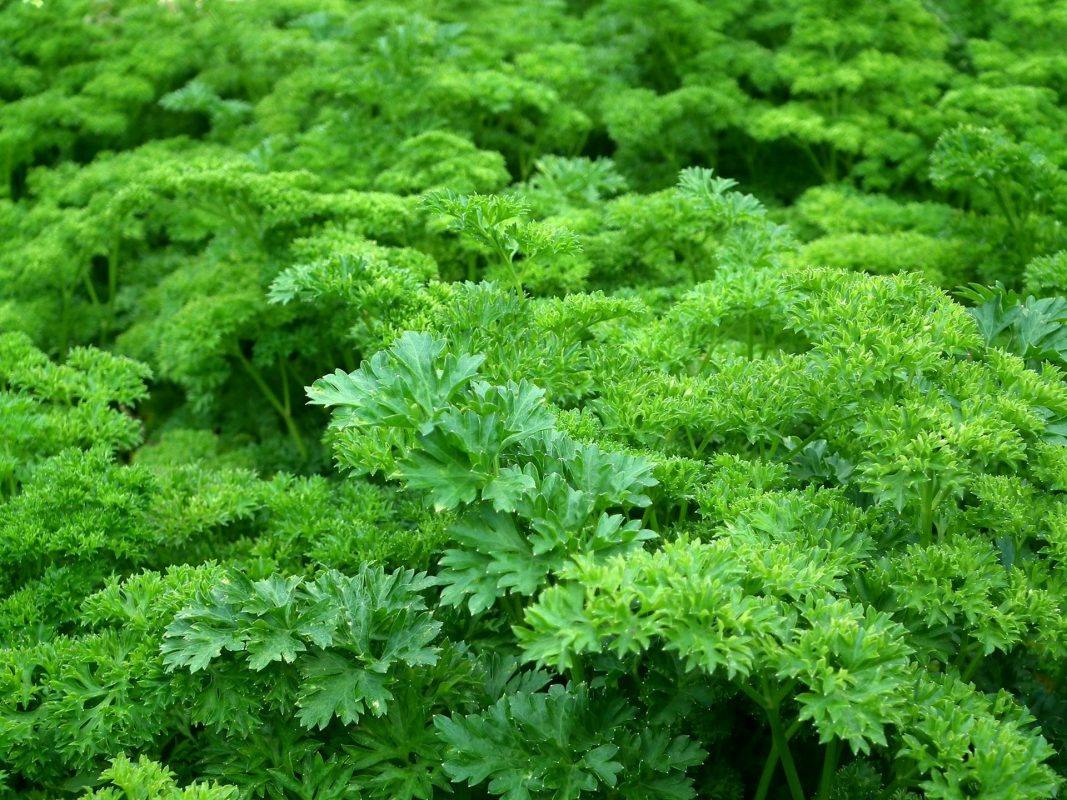YETRAC
Growing Chervil at the Allotment
Growing Chervil at the Allotment
Chervil is a versatile herb that comes in two varieties: curly-leaved and flat-leaved. It has a delicate flavor reminiscent of aniseed and caraway. Not only is chervil a culinary delight, but it is also known for its natural ability to repel slugs, making it a valuable addition to your allotment.
When and Where to Grow Chervil
- Planting Time: Chervil can be sown from March onwards, continuing through the summer.
- Location: Chervil prefers a semi-shaded spot to prevent bolting, as full sun can cause premature flowering.
- Winter Protection: If sheltered or moved indoors, chervil can be harvested throughout the winter as well.
How to Sow Chervil
- Direct Sowing or Containers: Chervil can be sown directly in the soil or in containers filled with compost.
- Sowing Technique: Sow thinly and thin out seedlings to maintain a distance of approximately 6 inches apart.
Growing and Caring for Chervil
- Cut-and-Come-Again: Chervil is a cut-and-come-again plant, meaning regular harvesting of leaves encourages regrowth.
- Flowerhead Removal: Remove flowerheads if they appear to encourage continued leaf production.
- Watering: Keep the soil moist during dry spells to ensure healthy growth.
When and How to Harvest Chervil
- Harvest Time: Young leaves should be ready for picking around 6-8 weeks after sowing.
- Regular Harvesting: Harvest the leaves regularly to promote continued growth.
- Using Chervil: Chervil is best used fresh or added to dishes towards the end of cooking to retain its delicate flavor. Although drying chervil is possible, it can diminish its flavor. Freezing the leaves in water-filled ice trays helps preserve their taste.
Growing Chervil in Summary
Sowing Chervil
- Sow thinly directly or in pots from March onwards.
- Choose a semi-shaded or sheltered position.
Growing Chervil
- Protect in winter for continuous harvesting.
- Remove flowerheads to prolong leaf growth.
- Water well during dry periods.
Harvesting Chervil
- Pick leaves regularly to encourage regrowth.
- Ready to harvest around 6-8 weeks after sowing.
- Freeze in ice trays for longer preservation.
By following these guidelines, you can successfully grow chervil at your allotment, enjoy its unique flavor in your dishes, and benefit from its natural ability to deter slugs.

